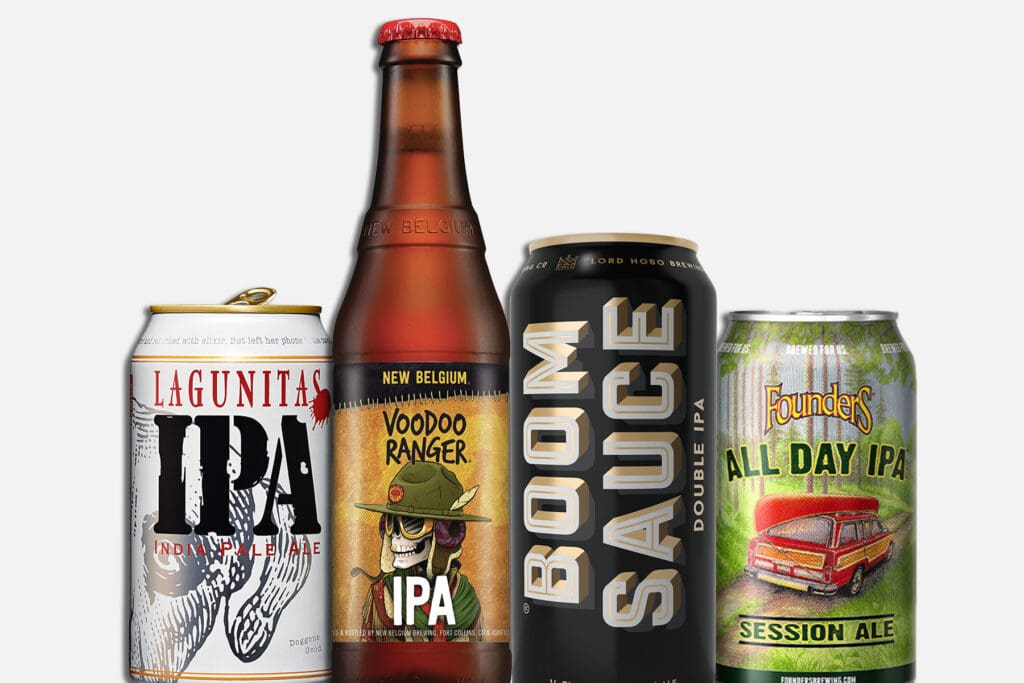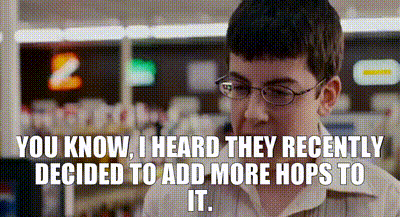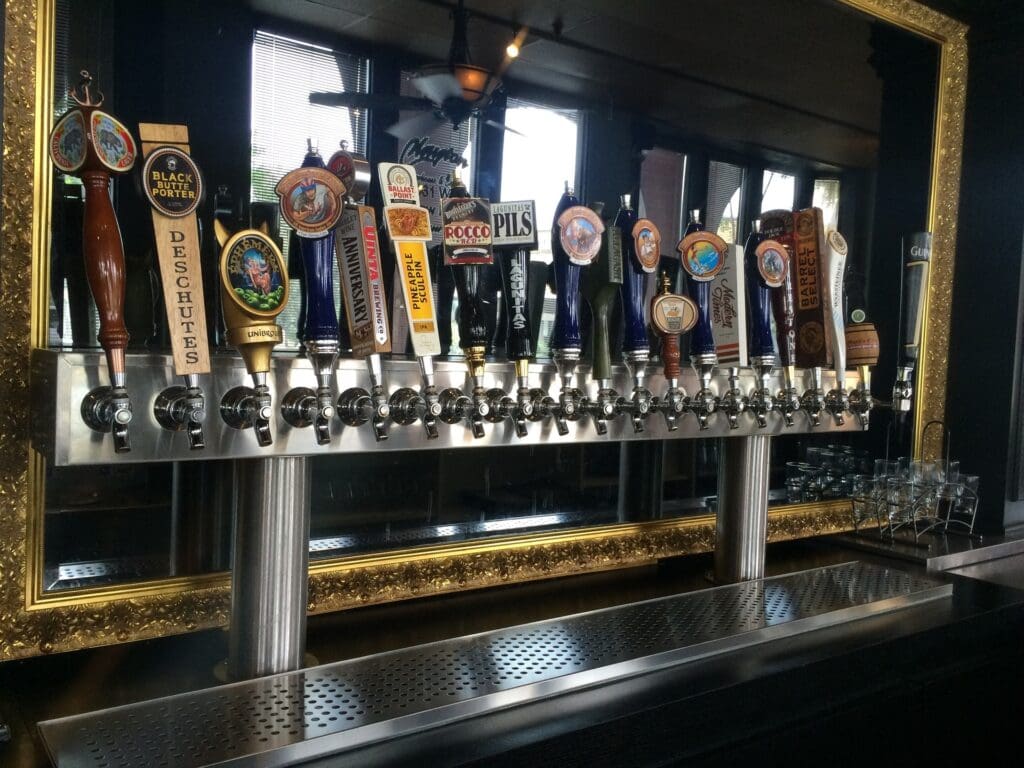
The IPA – or “India Pale Ale” – originated back in the 18th century as a solution to a problem. They had control of land in India, and they wanted to get drunk. However, the Brits felt it was too hot to brew beer in India. Unfortunately, the pale ale they loaded onto the ships was always spoiled by the end of their 6-month voyage. The addition of extra hops helped preserve the beer, and hence, the IPA as we know it was born.

If it seems like there’s a new type of IPA on tap every time you go to the bar, you’re not alone. The tap handles diversify more every year with their contents varying widely in taste. Not every IPA is crafted for the full-bearded, beanie-wearing dude at the end of the bar room. Some are. But if that’s not your thing, it would certainly help to know a bit about the options that are out there.

English IPA
The red coats were the first to brew an IPA. Think of it as your favorite IPA’s favorite IPA. Fans of the English IPA are the type that can’t hear Stairway to Heaven without mentioning how much Led Zeppelin stole from blues artists. The grains used in the brewing process give an earthy, bread-like taste to it.
West Coast IPA
A bitter beer that’s a bit less dry than the English variety. The aroma is often fruity, and slightly dank at times – which makes sense, considering its Californian origins.
Hazy IPA
Sometimes called a New England or Juicy IPA, the Hazy IPA is the most popular as of late. If your first time trying an IPA was in the past 5 years, chances are it was a Hazy. It’s characterized by its smooth, fruity flavor that lacks the bitterness of typical IPAs.
Double/Imperial IPA
IPAs tend to have a higher ABV than other types of beer. Despite this, people eventually started to wonder what would happen if they pushed that number even higher, and so the DIPA came to be. Double IPA’s tend to range from 8-10% ABV.
Triple IPA
See “Double/Imperial IPA,” and push that ABV to around 12-13%.
Session IPA
The opposite of the Double or Triple IPA. Extremely dry and sitting around 4-5% ABV, these are named for the ability to have a few in the same drinking session. Not that anyone’s stopping you from having multiple Triple IPAs. We just advise against it.
Experimental IPA
The cutting edge of the IPA genre, these are a sort of hybrid between classic IPA characteristics and other beer varieties. Brewers and their R&D team are constantly trying new recipes and combinations to see what sticks, but if you wander into this category, your taste buds should proceed with caution.
There ya have it! It’s been said that, “IPAs are a beer drinker’s first introduction to the world of craft beer,” yet, if you went to the bar and asked for an IPA, the bartender would likely ask what type. This can be intimidating, but after reading this, you can dip your toes (or your tongue) into the world of craft beer with confidence.
What’s your go-to IPA? Let us know in the comments!

